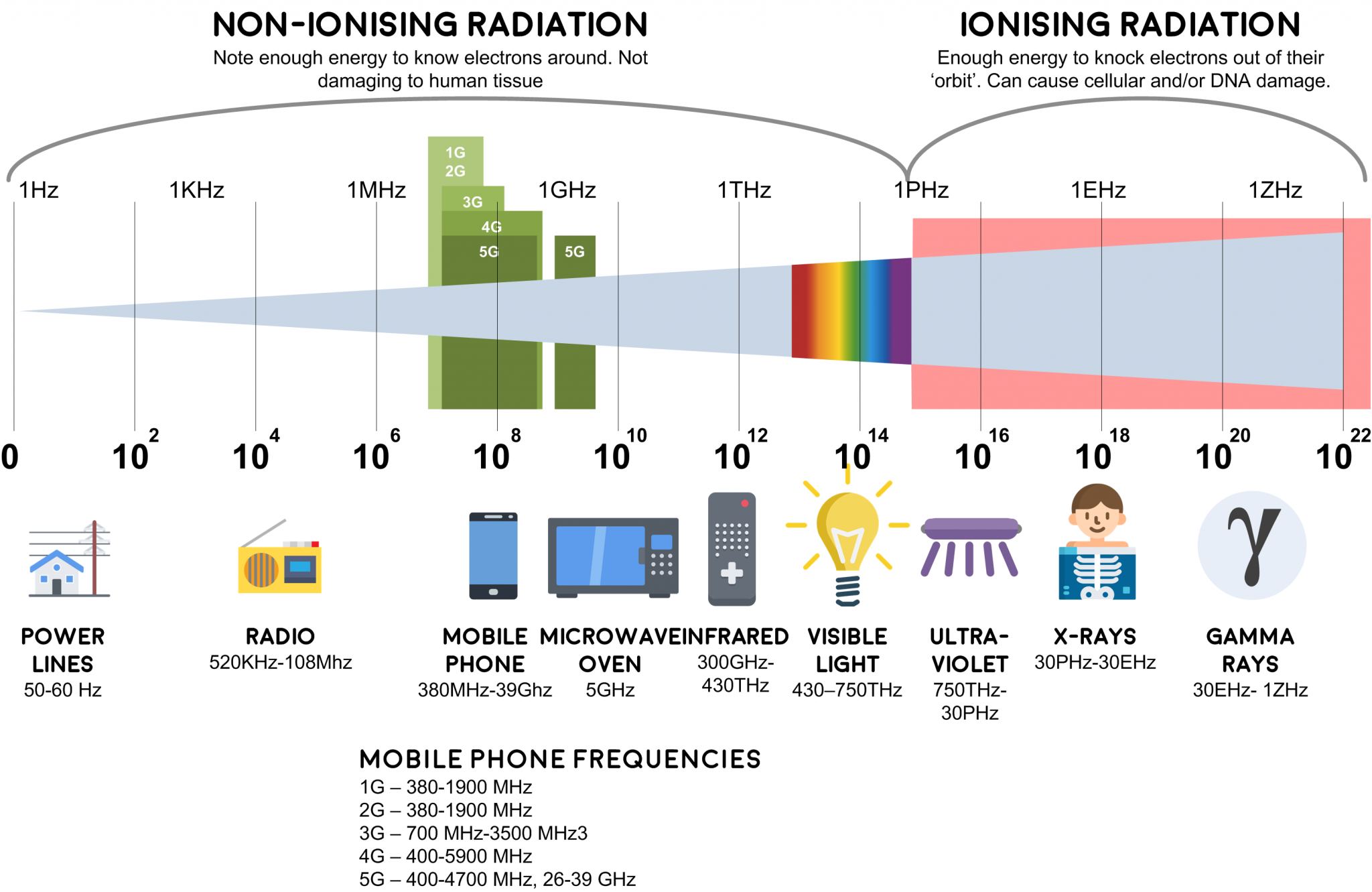The health risks of 5G radiation are still being debated, but one study suggests a link between RF radiation with cancer among male rats. The study was classified up until it was taken off the list on the 12th of December 2012 by the Central Intelligence Agency, but it has proven that radiofrequency may trigger cancerous growth in animal, including humans. In the research, scientists were exposed to male rodents for 15 days , and discovered that they developed same kinds of cancers that humans develop.
Health impacts of 5G radiation
The rapid expansion of wireless communication have led to development of 5G technologies however, there is a growing concern regarding the health risks of radiation from 5G. Although the higher frequencies do not penetrate the body as deeply as previous technologies, researchers have identified potential health effects that are systemic and have called for more studies. To ensure that the population is safe and protected, it is the European Commission is requesting independent studies to determine whether the technology poses any health risks.
It is vital to realize that there is a significant number of misinformation about 5G's effects on health, and it is essential to dispel any misunderstandings that may persist. Although 5G isn't yet widespread, there are many individuals who are being told it can cause health problems mostly through social media, where sensational words are used.

Beamforming technique
Beamforming is one of the most important technologies for five-G networks. It is a method that uses multiple radiating elements to generate narrow beam. The purpose for beamforming is limit the amount of unwanted radiation within the signal that results. This technique is commonly employed in wireless communication systems, and is essential for the 5G's cost-effective coverage.
This method works by electronic weighting of the individual signals from each antenna. This creates the smaller beam of radiation which increases cell coverage indoors and near the edges of cells. This is crucial as poor coverage can lead to poor user satisfaction. Along with improving the signal, beamforming can reduce the amount of noise a user encounters from other devices.
Power density
The power density of 5G electromagnetic radiation coming generated by cell towers is similar to that of previous generations of 4G and 3G systems. One reason behind the low power is the sensitivity of electronic components. The maximum radiation output for a 2G handset was about 2 Watts, while that of a 4G phone was approximate 200 milliwatts.
The power density measures how much electromagnetic energy can be absorbed by the body at a certain distance. Its power density in 5g radiation is typically expressed in watts per square metre. In contrast to the SAR measurement it is an actual measure of the quantity of electromagnetic energy that can be found in the space. The parameters for power density are different for wearables and mobile devices depending on their operating frequency and distance.
Specific absorption
The Specific Absorption Ratio (SAR) is a measure that measures the rate at which a specific frequency depositions power in human tissues. In general, a SAR value should not exceed two Watts per kilogram of body mass. This value is derived by the electrical field present within tissues and the density of mass, measured in kilograms per cubic meter. It was recently applied to the proposed antenna design.
The latest radio technologies that form the 5G system operate in frequencies that are lower than 6 GHz. does 5g emit radiation are referred to in millimeter waves. However, according to does 5g emit radiation applies to frequencies of up 6-GHz. Furthermore to that, the SAR test demands that measurements be conducted using phantoms that contain tissue simulating media.
Skin health and its effects
We are not aware of the health effects of 5G radiation on the skin. Our knowledge of the subject is limited by the absence of in-vivo studies and theoretic models. There is however an urgent need for further studies on the impacts of 5G radio frequency radiation on human skin. Using 5G radio frequencies can cause damage to the skin particularly to the epidermis, very sensitive.
In contrast to 4G, 5G radiation is one of the highest frequencies that has been shown to heat human body tissues. The human body is dipolar, and the higher frequency of 5G radio waves could cause heat to the skin. 5g radiation symptoms to 5G radio frequencies can be detrimental to other organs of the body, including the brain.
